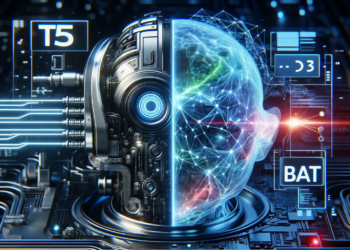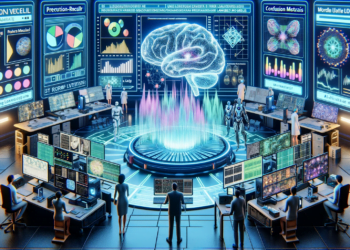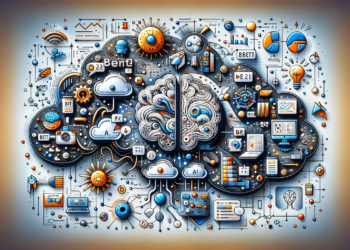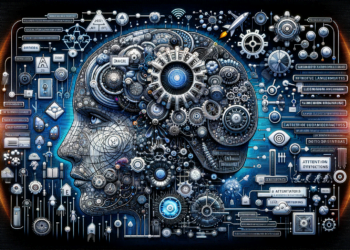Research in the field of artificial intelligence (AI) has made remarkable strides in recent years, particularly when it comes to language models. These systems, which process and generate natural language, are testament to AI’s ability to not only understand and reproduce linguistic patterns but also exhibit levels of contextual understanding and textual creativity that mark a turning point in human-machine interaction.
Transformer Models: The Driving Core of the Linguistic Revolution in AI
Transformer models, introduced in 2017 by Vaswani et al. in the paper “Attention Is All You Need,” have redefined language processing with fundamental breakthroughs. Based on attention mechanisms that weigh the relative importance of different parts of the text input, these models eradicate the need for sequential processing, leading to significant improvements in the speed and efficiency of model training.
BERT and GPT-3: The Forefront of Text Comprehension and Generation
BERT (Bidirectional Encoder Representations from Transformers) and GPT-3 (Generative Pre-trained Transformer 3) are pioneers in bidirectional text interpretation and natural language generation, respectively. BERT is trained to predict missing words in a text, learning to derive context from the words surrounding a blank space, thus achieving outstanding contextual understanding. On the other hand, GPT-3, with its 175 billion parameters, is a behemoth capable of writing literary excerpts, programming code, and much more, learning linguistic patterns from a vast dataset of the internet.
Evolution in Transformer Architectures
The evolution does not stop at BERT and GPT-3; researchers have designed architectures like T5 (Text-to-Text Transfer Transformer), which treats every language processing task as a text-to-text transformation, and BART (Bidirectional and Auto-Regressive Transformers), which combines bidirectional encoding with autoregressive decoding, optimizing the balance between comprehension and generation.
Overcoming Biases and Limitations
A persistent issue in language models is the inherent bias in training corpora. Current research seeks to mitigate this through techniques ranging from adjustments in training data to algorithms for learning counterfactual representations, which actively attempt to modify the model to counteract biases.
Moreover, the capability to generalize beyond the domain of training data remains a challenge. Innovations in meta-learning and transfer learning are being explored so that models can apply knowledge gained in one context to novel situations.
Emerging Applications and Their Implications
The applications of language models in AI are diverse and proliferating in fields such as healthcare, where natural language processing (NLP) is used to interpret clinical notes, and education, where AI-based teaching assistants can provide personalized feedback to students.
A significant implication of these applications is the privacy and security of data; the ability of the models to generate plausible content can be misused. Research in cryptography and differential privacy is seeking to develop models that can be trained and operated without compromising sensitive data.
Projections: Untapped Potential and Future Horizons
Looking into the future, a convergence between language models and other branches of AI, such as computer vision, is anticipated. The emergence of multimodal models, capable of processing and generating information from multiple types of data, promises to revolutionize human-machine interaction.
Steps towards deeper symbolic understanding are also on the horizon. Advances in computational semantics point towards systems that not only process language but also understand and reason about text at an almost human level. In addition, the emerging field of computational neuroscience suggests that simulating human neural structures could facilitate the development of systems that mimic cognitive language processing.
Conclusion
Language models in AI not only demarcate an impressive technological frontier but also a series of ethical and theoretical issues that challenge our perception of artificial intelligence. With advancements as profound as those discussed, it is clear that the field is on a trajectory of continuous transformation, one that will not only reshape machine capabilities but also the very fabric of human communication.






















